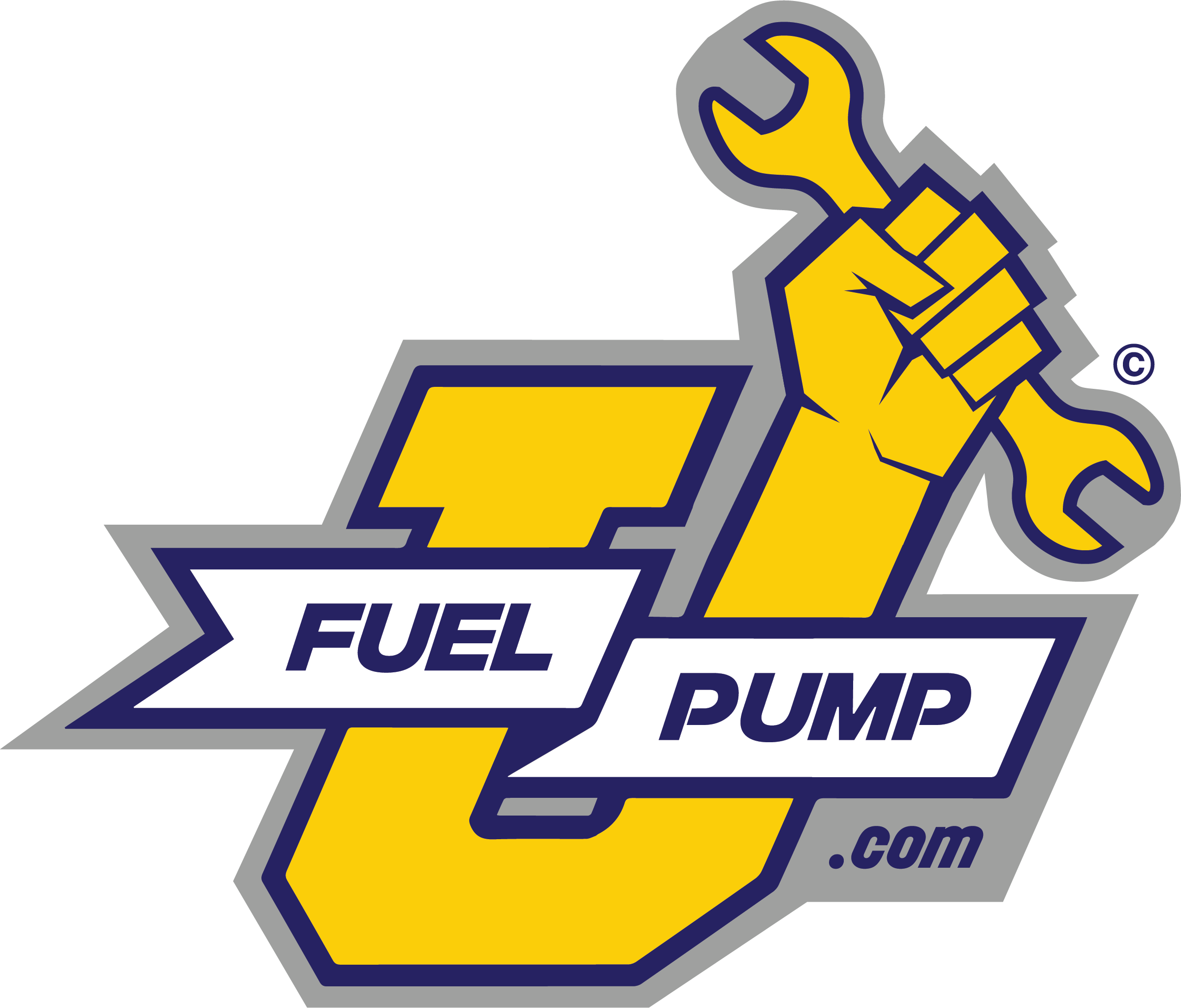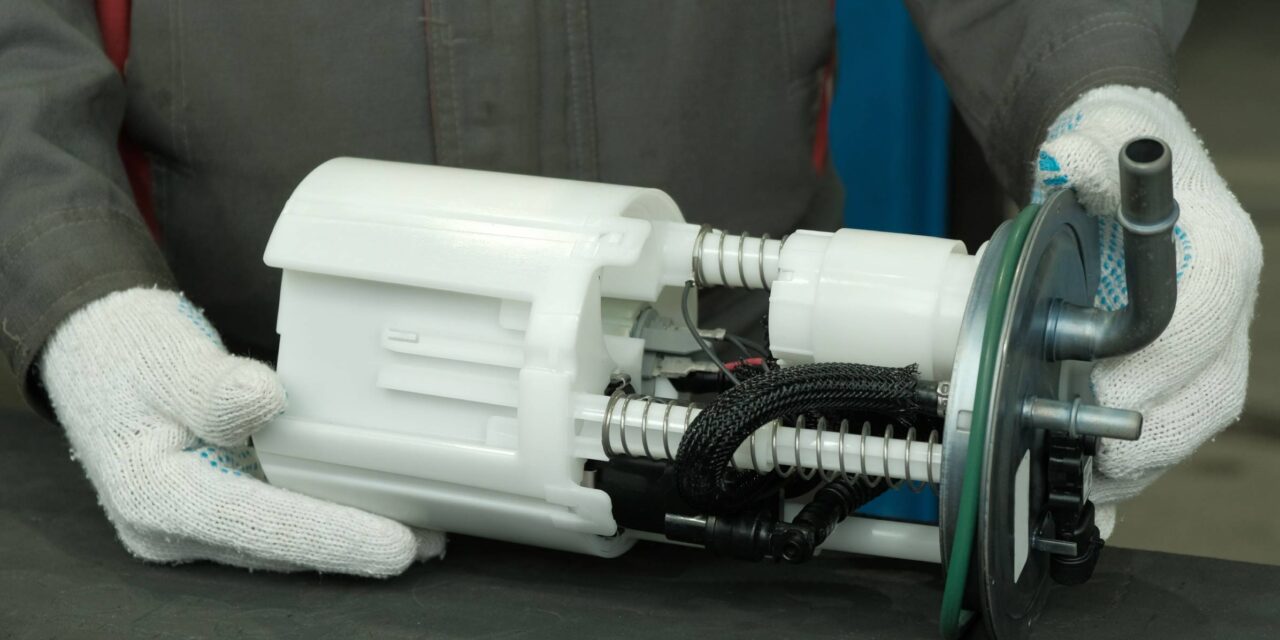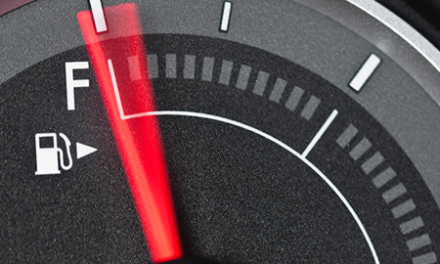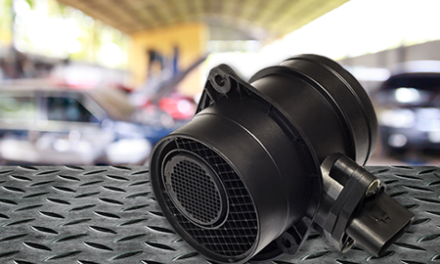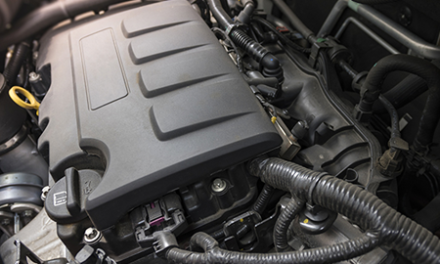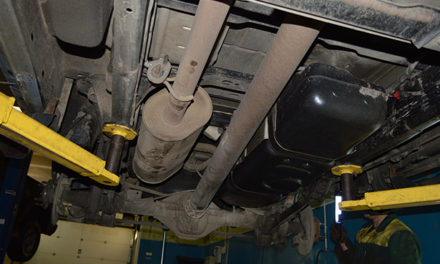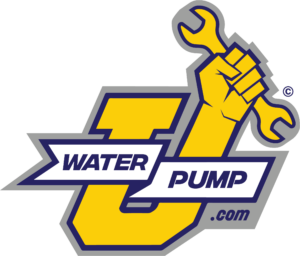In a dual-pump fuel system, there will be one low-pressure pump inside the fuel tank and one high-pressure pump located on the frame rail. Trucks with two fuel tanks will be equipped with three fuel pumps – one low-pressure pump inside each fuel tank and one high-pressure pump located on the frame rail.
The in-tank pump is used to pick up fuel from the tank and supply it to the frame rail pump at low pressure. The pump on the frame rail then increases the pressure to supply it to the engine.
When diagnosing these systems make sure and check both the in-tank pump and the frame rail-mounted pump flow and pressure. Low fuel pressure at the fuel rail may not mean the high-pressure pump on the frame rail is bad. It may have low fuel pressure due to the failure of the in-tank pump(s). If this is the case, replacing the high-pressure pump on the frame rail will only serve as a short-term fix, not a long-term solution. If the low-pressure pump in the fuel tank is the culprit and fails, it can cause the frame rail-mounted pump to fail also.
In some truck applications with two tanks, the diagnosis process can be a little easier. There will be a low-pressure pump mounted in each tank and a high pressure on the rail, so if the truck will not run on one tank but will run on the other, then there is a good possibility that the in-tank pump has failed on the one tank. You can now focus your diagnosis on that tank.
No matter which fuel pump needs to be replaced, always replace the fuel filter.
Auto Amazon Links: No products found.
